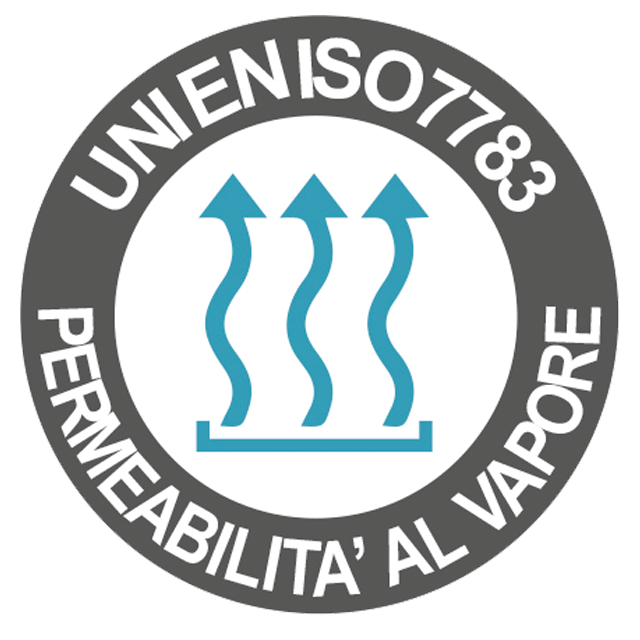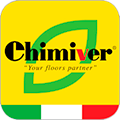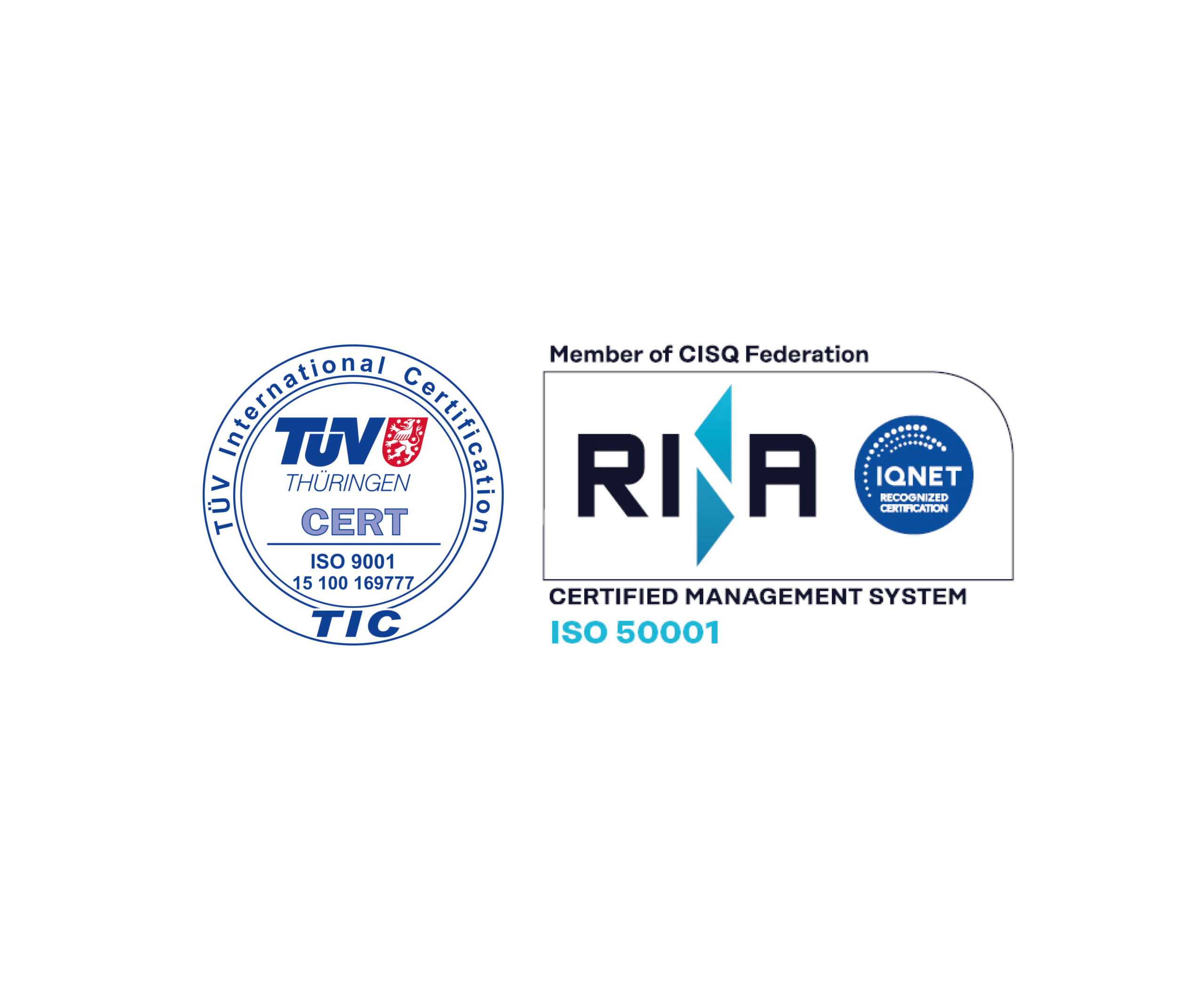
Our Certifications
Chimiver is ISO 9001 certified, a certification that defines the minimum requirements that the organization Quality Management System must satisfy in order to guarantee the quality level of products and services. For years it has been promoting the research for valid Ecological and Eco-compatible products, always accompanying them with National and International Certifications in compliance with current regulations. We are also ISO 50001 certified, a standard that specifies the requirements for establishing, implementing, maintaining, and improving an energy management system.
DownloadPLASTICA SECONDA VITA: European brand that introduces the concept of "quality" and "traceability" in recycled plastics, enhancing a kind of waste that must be considered a primary resource for our planet.
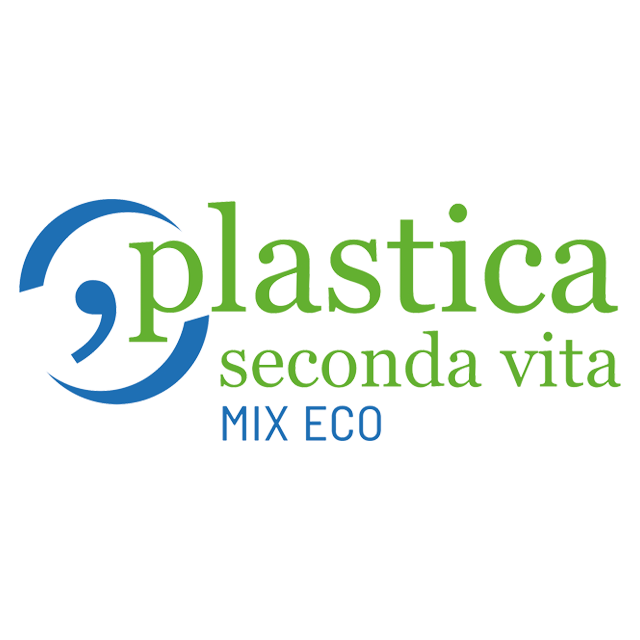
ECOLABEL: European eco-label that certifies (according to EC regulation no. 66/2010) the reduced environmental impact of the products or services offered by the companies
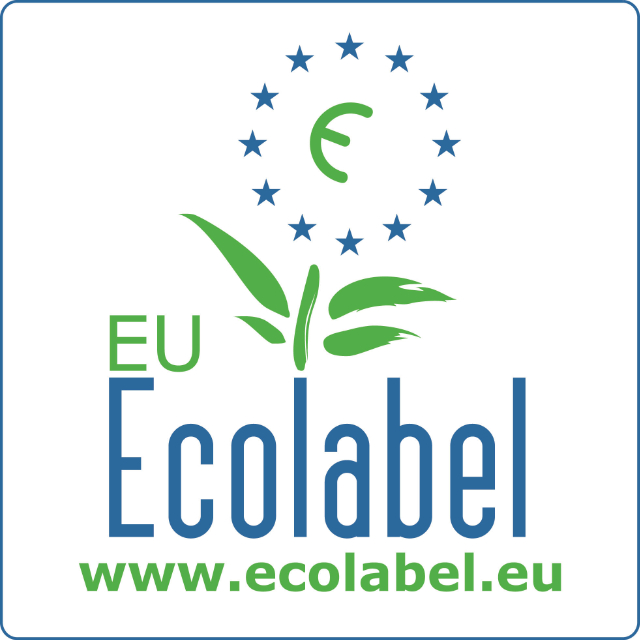
GEV-EMICODE: describes the products emissions of volatile organic compounds: EC 1 Plus (very low emissions) and EC 1 (low emissions). Licenses are issued by the emissions control associations for the sectors: floors, adhesives, paints and building materials (GEV).
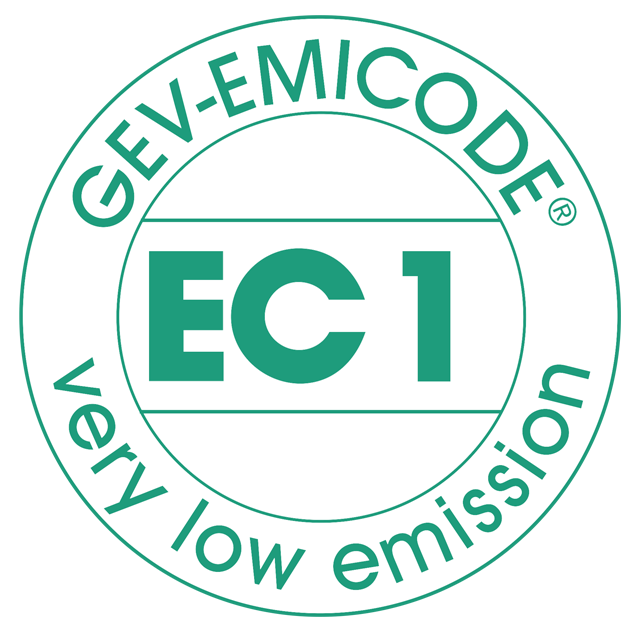
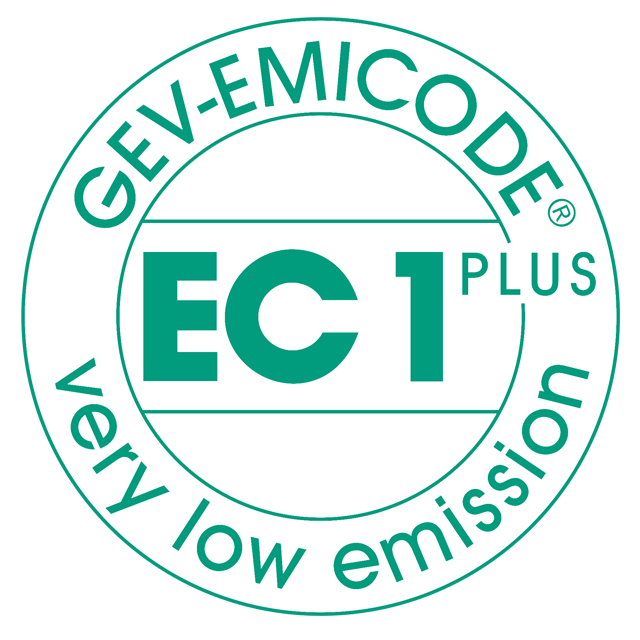
LEED: American building certification system, also used internationally. LEED is the acronym for "Leadership in Energy and Environmental Design" and is the evaluation system that establishes the requirements for the most ecological buildings. Construction products must meet certain requirements for the VOC content and for the indoor air quality.
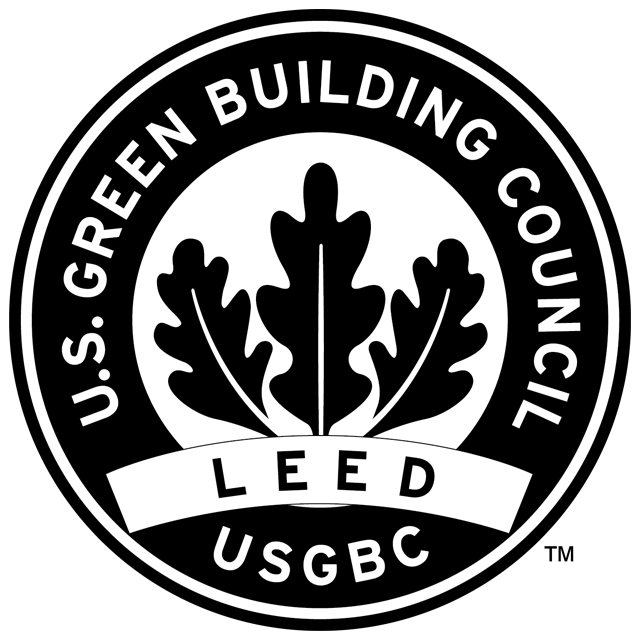
FRENCH LABELING: certification indicating the amount of volatile substances emitted. Class A is the best, it indicates very low emissions. The C, on the other hand, is the worst, indicating high emissions.
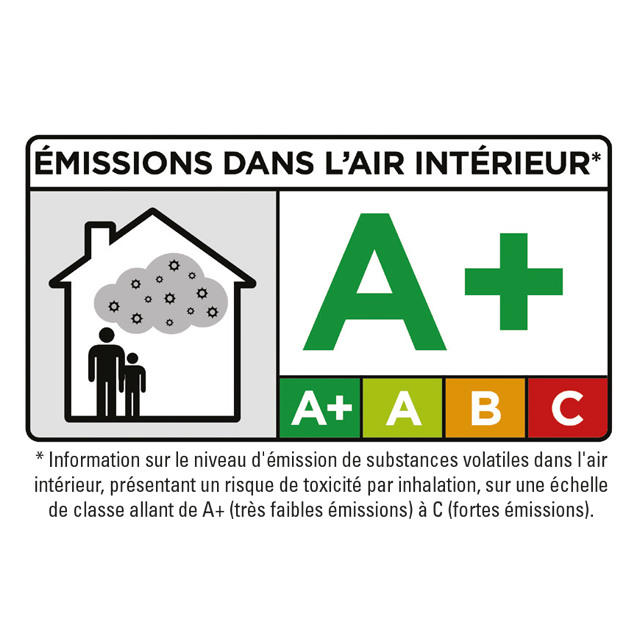
CCA CERTIFICATE: the CCA certificate (compliance with environmental compatibility criteria) is part of the activities of the Environmental Quality Control Laboratory in the environment science and technology department of the “Politecnico – Milan”. The CCA certificate analyzes the entire life cycle of each product, checking and evaluating its impact on human health and environmental conservation.
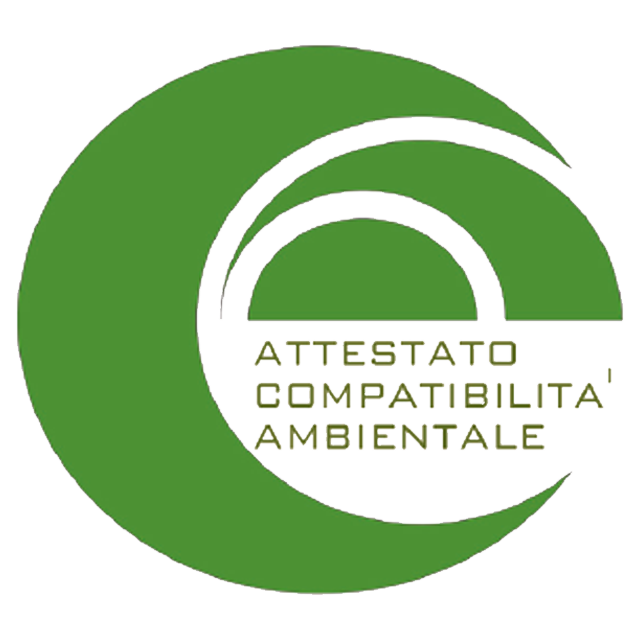
BCRA: method of English derivation (BCRA: British Ceramic Research Association) which measures the dynamic friction coefficient by verifying the slipperiness of the flooring.

OECD 301F and OECD 202: certifications that determine the biodegradability and non-toxicity of the product in an aqueous environment.
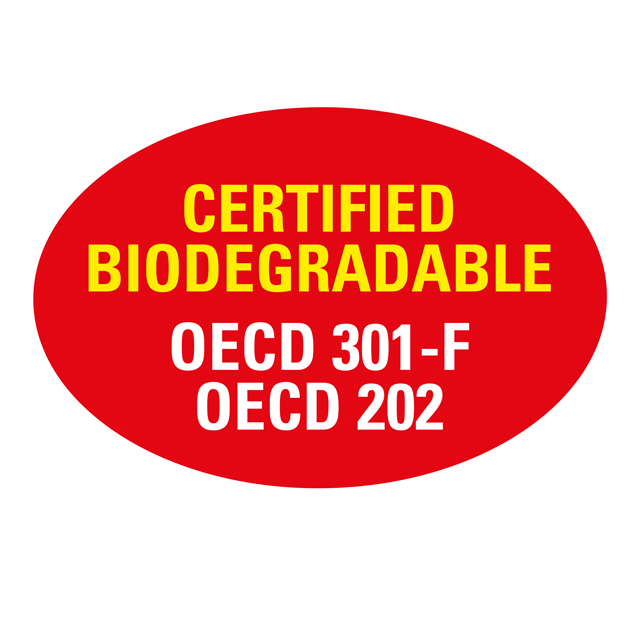
EN 14904: reference standard that specifies the surface requirements for indoor sports facilities. The characteristics analyzed for a paint include: friction according to EN 13036-4 (pendulum test); wear resistance according to EN ISO 5470-1; specular brightness according to EN 2813.
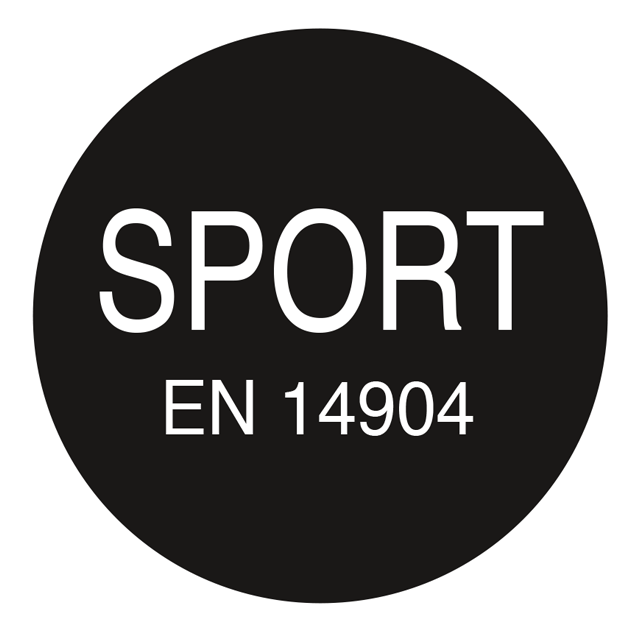
IMO MED: symbol used throughout the European Union, which confirms the suitability of the product for use on ships. One of the requirements is the flammability test, another requirement is the supervision carried out by an authorized certification body. The boat’s wheel is authorized by the IMO, the International Maritime Organization, a sub-organization of the United Nations.
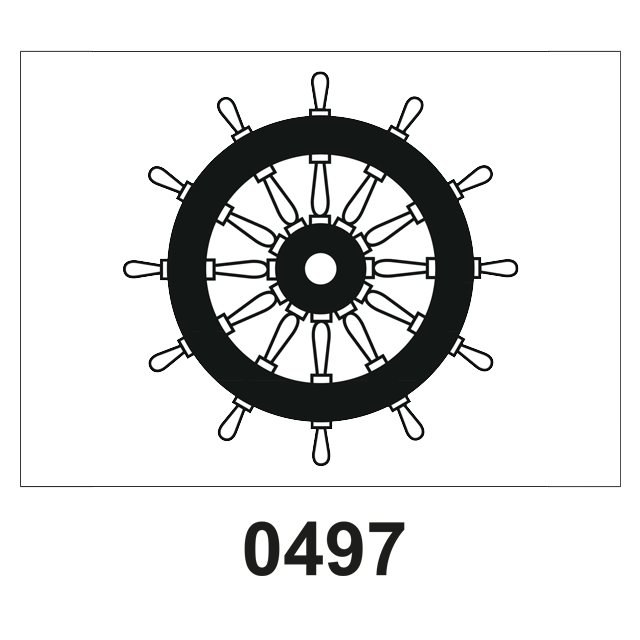
UNI EN ISO 17178: the legislation indicates a method for classifying adhesives for gluing parquet flooring. The standard analyzes the characteristics of hardness and elasticity and, on the basis of the requirements met, the adhesives are classified in: ELASTIC, HARD ELASTIC, HARD.
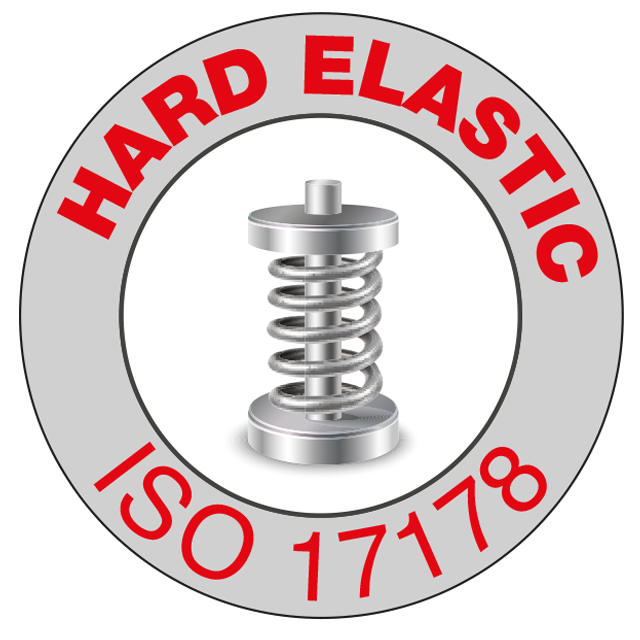
EN 12720: standard that specifies a testing method to evaluate the effect that various liquid (e.g. coffee, water, oil, ammonia, detergent solution, etc.) can cause in contact with surfaces by altering the appearance of color, opacity or surface texture.
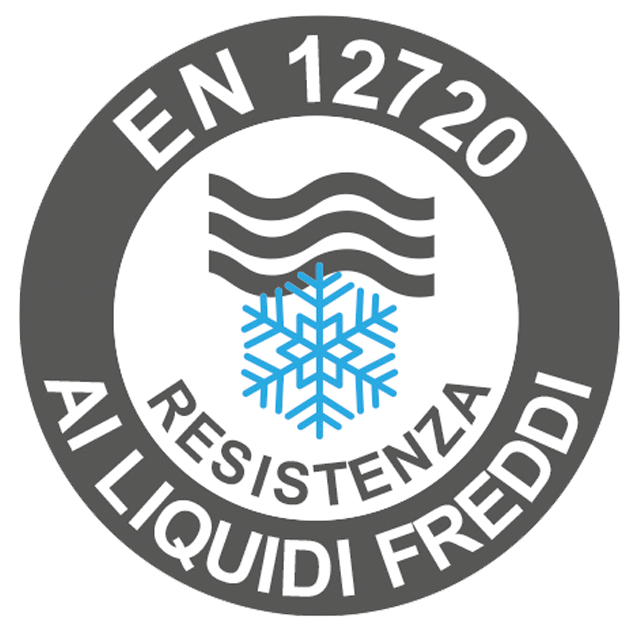
EN 13442: standard that specifies a testing method to determine the resistance of surfaces to a predetermined list of chemical agents with which the surface can be exposed during the operating period.
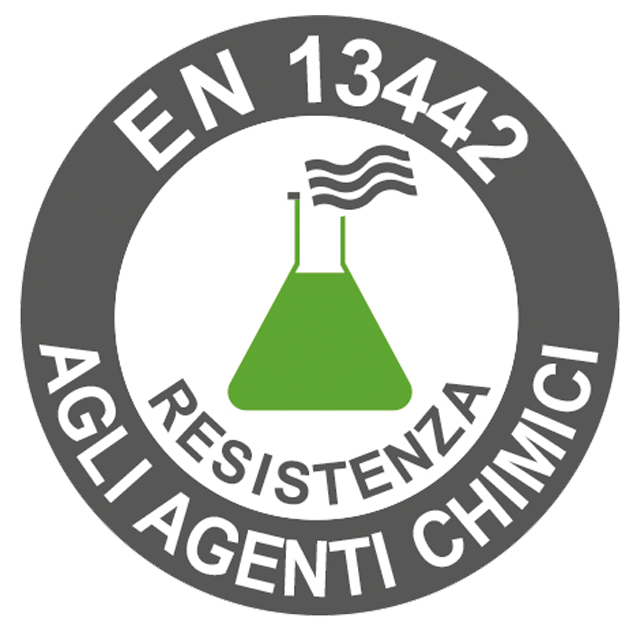
CLASS 1: the Italian reaction to fire class does not refer to the product as it is, but to its use and its installation. In Italy the D.M. 06/03/1992 established rules, criteria and procedures for the classification of reaction to fire and certification for the purposes of fire prevention of fire-retardant paints applied on wood materials (excluding the risks deriving from fumes). Class 1 is the best class obtainable from a combustible material, such as wood.

EUROCLASS CflS1: this is the fire classification for construction elements, intended as products manufactured in order to be permanently incorporated in construction works.
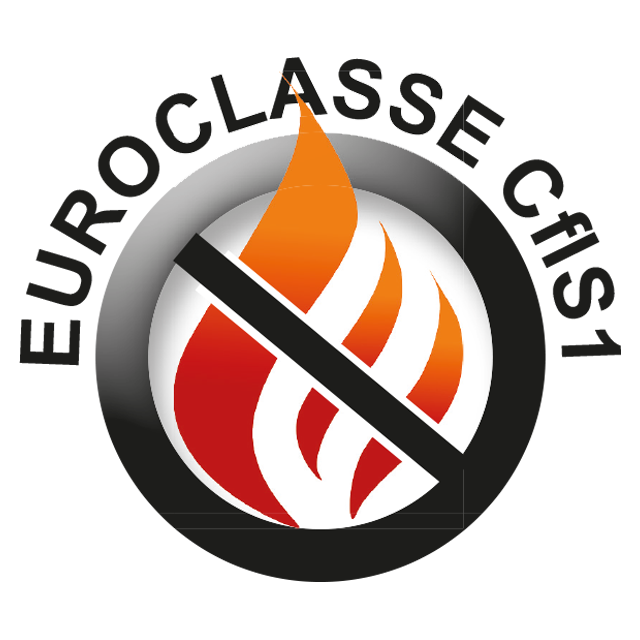
CE MARK: the legislation specifies the requirements of the materials for screeds to be used in the construction of indoor floors, providing the assessment of conformity to the standard. It defines: for the materials for fresh screeds the performances regarding the setting time, the consistency and the pH value; for hardened screed materials, resistance to compression, bending and wear, surface hardness, resistance to residual imprint and rotating loads, shrinkage and swelling, modulus of elasticity, strength of adhesion, impact resistance, reaction to fire, acoustic performance, thermal and chemical resistance.

ISO 22196: the legislation specifies a method for measuring the bactericidal activity of a paint product on non-porous materials.
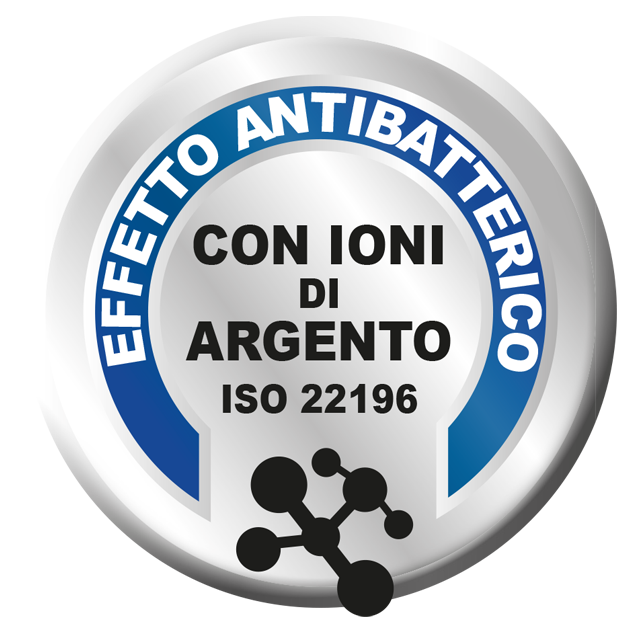
EN 17-3: legislation that intervenes in the toy’ safety field, setting specific limits on the migration values of chemicals authorized to be used for toys. Among the most significant risks to children's health are those represented by the chemicals used during toy’s production.

HACCP: hygienic self-control system in the food sector which aims to protect the health of consumers in environments where there is handling and consumption of food, such as food industries, canteens, restaurants, bars, etc. The UNI 11021 standard and the EC 852/2004 regulation specify the requisites that the surfaces must comply with in environments with food presence.
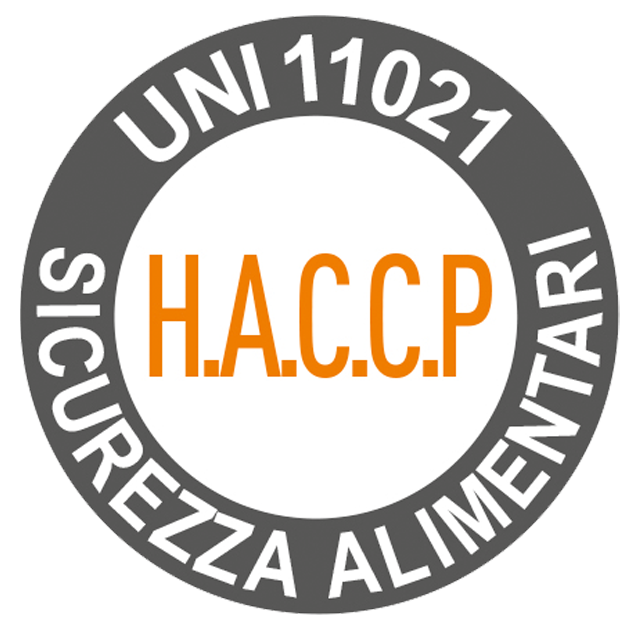
UNI EN ISO 7783: parameter that classifies the paint breathability is the "degree of transmission of water vapor". By testing a paint according to the UNI EN ISO 7783 standard, it is possible to quantify the breathability of a paint product.
